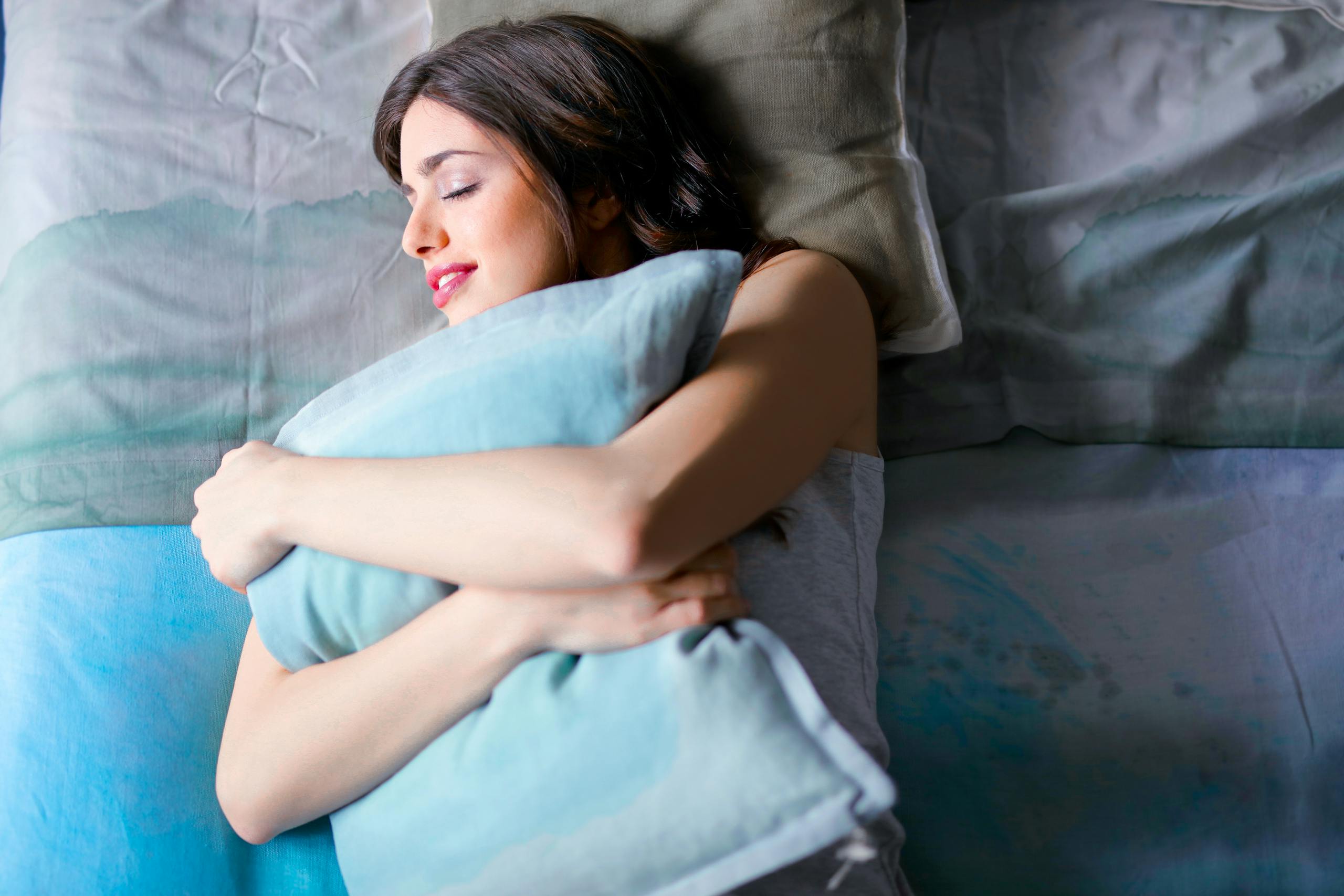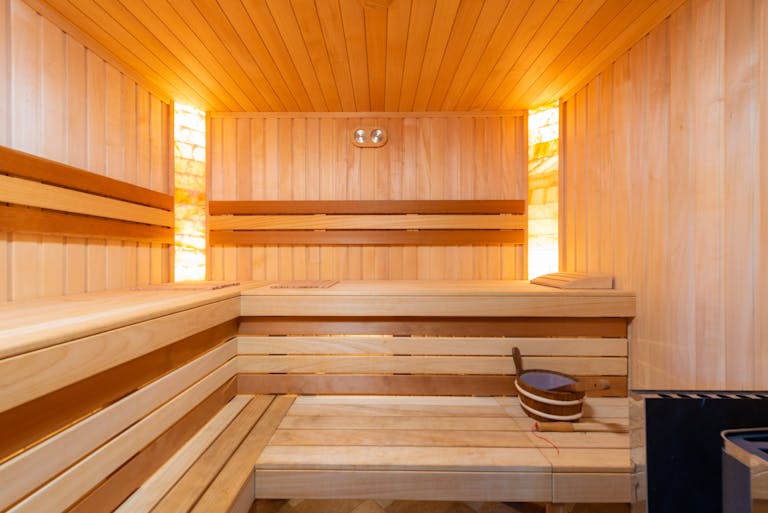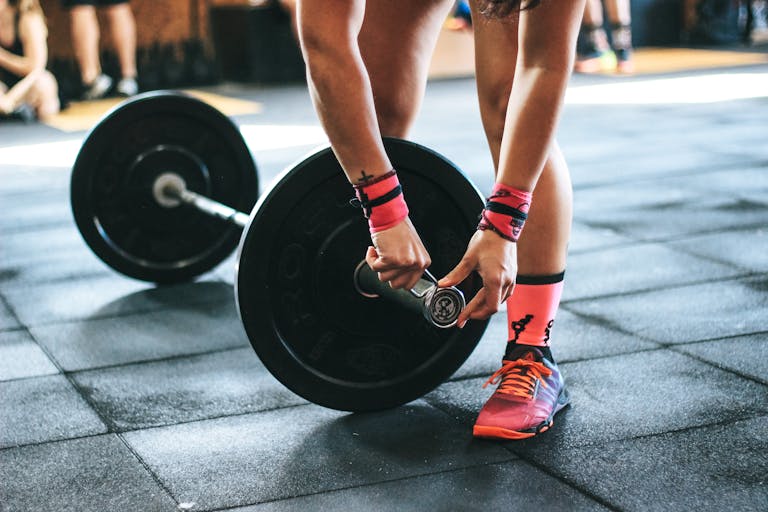Let’s be honest: we all know how important sleep is, but actually getting that perfect night of sleep? Well, that’s a whole different story. Between scrolling on your phone, replaying every awkward moment from your day, and wondering if your plants are secretly plotting against you (just me?), sleep sometimes takes a back seat. That’s where sleep trackers come in! In this post, we’ll break down the top 7 best sleep trackers to help you finally take control of your nights and wake up feeling like a human again.
The Importance of Good Sleep
You know the saying, “You can sleep when you’re dead”? Yeah, let’s not live by that anymore. Sleep is vital for more than just avoiding looking like a zombie during your 8 a.m. meeting. It plays a crucial role in everything from mood regulation to muscle recovery. Good sleep means better focus, a sharper memory, and, let’s face it, fewer embarrassing yawns when you’re supposed to be paying attention.
Poor sleep can lead to a bunch of nasty things like weight gain, higher stress levels, and a brain that feels like it’s running on dial-up. The moral of the story? Don’t skip your sleep! And if you’re struggling to catch those elusive Zs, the right sleep tracker can make a world of difference.

Are Sleep Trackers Accurate?
Here’s where things get interesting. You might be wondering, “Can a little gadget really tell me how I’m sleeping?” The short answer is… kinda. Sleep trackers use fancy sensors to monitor things like your heart rate, movement, and even blood oxygen levels. They’re pretty good at identifying when you’re in deep sleep or just tossing and turning like a pancake on a hot griddle.
Are they 100% accurate? Not always. They’re not quite on par with those high-tech sleep labs where people hook you up to all sorts of wires (fun times!), but for everyday use, they’re solid. Think of them like your trusty sidekick—maybe not a superhero, but definitely getting the job done.
The Science Behind Sleep Trackers
Let’s get a little nerdy here. Sleep trackers use a mix of actigraphy (fancy word for tracking movement) and heart rate variability (HRV) to estimate your sleep stages. The idea is that when your body is in different phases of sleep—light, deep, or REM—your heart and movements behave differently. By analyzing this data, the tracker spits out insights on how much deep sleep you got or whether you spent half the night tangled in your sheets.
Let’s get a little more nerdy, shall we? Sleep trackers are like the Sherlock Holmes of bedtime—they gather clues from your body’s physiological signals and piece together a story about your sleep. Here’s a deeper dive into the science behind them:
Actigraphy: Your Movement Tells a Story
At the heart of most sleep trackers is actigraphy, which is basically a fancy term for tracking your body’s movements. When you’re tossing and turning, the tracker picks that up and interprets it as light or disturbed sleep. When you’re still as a log (or so we hope), it might register that you’ve hit those deeper sleep stages where your body is resting and recovering. It’s pretty much like a mini seismograph on your wrist or finger, measuring every little tremor of movement.
But it’s not just about movement. Sleep trackers also consider your sleep latency—the amount of time it takes for you to actually fall asleep after you get into bed (which, for some of us, is spent contemplating every embarrassing moment we’ve ever had). Actigraphy helps estimate your total sleep duration and quality by logging periods of restlessness versus stillness.

Heart Rate Variability (HRV): The Rhythm of Your Sleep
Now, let’s talk about heart rate variability (HRV)—another key player in sleep tracking. HRV is the variation in time between each heartbeat, and it’s a good indicator of your overall stress levels and recovery. During deep sleep, your body is in full-on recovery mode, and your heart rate slows down. In contrast, during REM (the dreaming stage), your heart rate tends to fluctuate more, almost like you’re experiencing mini emotional rollercoasters in your dreams (thanks, weird brain).
Sleep trackers use HRV to estimate which sleep stage you’re in—light, deep, or REM—based on how your heart rate behaves. The more consistent your HRV, the deeper your sleep tends to be. The lower your HRV (meaning less variation between heartbeats), the more stressed or tired your body is, and this can affect your sleep quality.
Oxygen Levels and Breathing
Some trackers, like the Withings Sleep Mat and Fitbit devices, also monitor your blood oxygen levels through a feature called SpO2. This data helps to detect breathing irregularities during sleep, which could point to conditions like sleep apnea. If your oxygen dips too low at night, the tracker can flag this as a potential issue with your sleep quality, even if you didn’t wake up gasping for air (because, let’s be real, most of us are blissfully unaware of what happens during the night).
Sleep Stages: Light, Deep, and REM
So, what exactly are these sleep stages that the tracker is so keen on? Well, when you sleep, your body cycles through three main stages:
- Light Sleep: The stage where your body is just starting to relax, and you’re easily woken. This is your entryway into the deeper stages of sleep. Sleep trackers often identify this stage when your movement is minimal but not completely still.
- Deep Sleep: Also known as slow-wave sleep, this is the crucial recovery phase where your body heals, repairs, and strengthens muscles. Your brain also clears out toxins (fun fact: it literally flushes out waste while you sleep!). During this phase, your heart rate and breathing slow dramatically, and your HRV becomes more consistent. This is the stage your tracker hopes to see a lot of because it’s when you’re truly resting.
- REM Sleep: This is where the magic happens—dreaming. During REM (Rapid Eye Movement) sleep, your brain becomes more active, processing emotions and memories. Your heart rate fluctuates as if you’re awake, which is why HRV readings can vary widely during this stage. Trackers look for these heart rate spikes to identify REM periods.
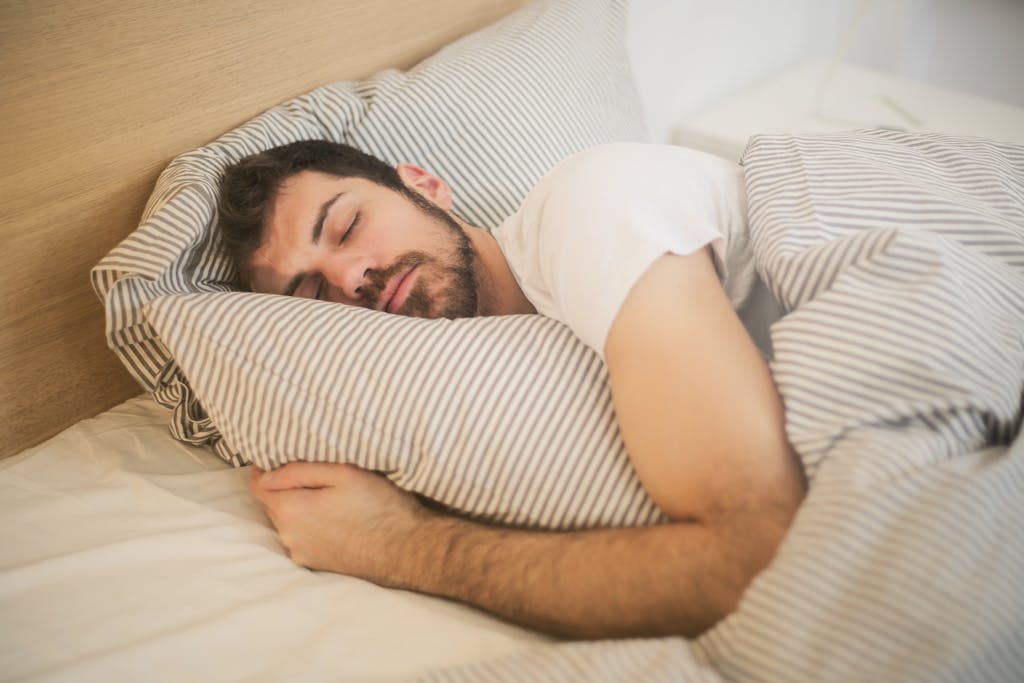
The Power of Data: Turning Sleep Into Insights
All these data points—actigraphy, HRV, oxygen levels—are crunched together to give you a breakdown of how well you slept. Did you spend enough time in deep sleep? Were you thrashing around during the night? How long did it take you to actually fall asleep?
The beauty of sleep trackers is that they offer insights over time. A single night’s data might not tell you much, but tracking your sleep over weeks or months helps reveal patterns. Maybe you sleep better after exercise or worse after a night out. By analyzing these patterns, you can make informed tweaks to your bedtime routine, environment, or habits to get more restful, rejuvenating sleep.
How Sleep Trackers Can Help You
So, how exactly do sleep trackers help you? Well, imagine waking up and having a little report card on how you slept (hopefully with fewer flashbacks to high school). Over time, you can see patterns—like maybe you sleep better on days when you don’t binge-watch Netflix until 2 a.m. (oops).
Many trackers also offer personalized tips based on your data, helping you optimize everything from your bedtime routine to your room’s temperature. They don’t just tell you how you’re sleeping—they give you the tools to improve it. And who doesn’t love actionable insights, right?

How to Choose the Best Sleep Tracker for You
Picking the perfect sleep tracker is like choosing a new phone—there are a ton of options, and it really depends on what you value most. Do you want something that’s super accurate, or are you looking for comfort? Are you someone who hates wearing stuff to bed (we get it, even socks feel wrong sometimes) or someone who doesn’t mind wearing a band all night?
Here’s what to consider:
- Accuracy: How precise do you want the data to be?
- Comfort: Do you prefer a ring, band, watch, or something non-wearable?
- Features: Are you after sleep data only, or do you want a tracker that does fitness, too?
- Price: Some of these gadgets can get pricey, so pick one that fits your budget.
- Battery life: Nothing kills the vibe like having your tracker die in the middle of the night.
Types of Sleep Trackers: Ring, Band, and Watch
Now, let’s talk form factors! Sleep trackers come in all shapes and sizes:
- Rings: Small, discreet, and perfect for those who want something less invasive (hello, Oura Ring).
- Bands: Lightweight and great for 24/7 tracking (think Whoop 4.0).
- Watches: Perfect for multitaskers who want a device that tracks more than just sleep (Apple Watch, anyone?).
- Other devices: Non-wearables like mats and headbands, for those who don’t want to wear anything while they sleep.
1. Oura Ring
Design and Comfort: A Tracker Disguised as Jewelry
First off, the Oura Ring is tiny but mighty. Unlike wristbands or watches that can sometimes feel bulky and uncomfortable, especially if you’re someone who tosses and turns in bed, the Oura Ring is sleek, lightweight, and fits snugly on your finger. It looks like a regular, stylish ring, so if you prefer something discreet that doesn’t scream “tech gadget,” this is your go-to. Plus, there are no annoying straps to adjust or get in the way while you’re sleeping. It’s perfect for people who don’t want to wear something that feels like a fitness tracker 24/7.
But don’t let its small size fool you. Packed inside this little ring is a ton of advanced technology, making it one of the most sophisticated sleep trackers on the market. The design is simple but futuristic, and it comes in a variety of colors and finishes, including silver, black, and even a luxurious gold option. It’s basically a James Bond gadget for your finger—high-tech, yet stylish enough to wear anywhere, even to a fancy dinner.
Key Features: Advanced Sleep Tracking
Now, let’s talk about the tech side. The Oura Ring measures several vital metrics to give you a comprehensive view of your sleep health:
- Heart Rate: The Oura Ring continuously tracks your heart rate throughout the night, monitoring how it changes in different sleep stages (light, deep, and REM sleep).
- Heart Rate Variability (HRV): As we discussed earlier, HRV is a key indicator of how well your body is recovering. The Oura Ring excels in measuring this, which makes it particularly useful for tracking your overall recovery and stress levels.
- Body Temperature: This is a standout feature. The Oura Ring monitors your body temperature variations while you sleep. It can detect when you’re running hotter or cooler than usual, which could be an early sign of illness or hormonal changes. It’s like having a health thermometer built right into your ring, keeping an eye on your body while you’re blissfully unaware.
The Readiness Score: Your Personal Performance Coach
One of the most impressive features of the Oura Ring is the Readiness Score. Each morning, the ring gives you a “readiness” score, which is based on how well you slept, your heart rate, HRV, and other metrics like your activity levels from the previous day. Essentially, it’s a personalized performance report that tells you how well-rested and recovered your body is, and whether you’re ready to take on a challenging day—or if you need to take it easy and rest up. It’s like having a fitness coach whispering in your ear, “Hey, today’s a good day to push yourself,” or “Maybe take it slow today, champ.”
This score isn’t just a number; it helps guide your decisions for the day. For example, if you’re an athlete or just someone who loves a good workout, the readiness score can help you plan your training schedule more effectively. If your score is low, it might be best to prioritize recovery, but if it’s high, it means you’re in prime condition to go hard on that workout.
Sleep Stages and Accuracy: All the Data You Could Ask For
The Oura Ring gives you a detailed breakdown of your sleep stages—light, deep, and REM—and it tracks your sleep latency (how long it takes you to fall asleep), sleep duration, and sleep efficiency (the percentage of time you spend actually sleeping vs. just lying there). It even knows when you’re up for a bathroom break or just having a restless night.
One of the reasons people love the Oura Ring is that it’s incredibly accurate for such a small device. The ring uses infrared LEDs, which penetrate deeper into your skin compared to the green light used by other trackers (like smartwatches). This makes it particularly good at measuring heart rate and blood flow without being affected by skin tone or ambient light, which can throw off wrist-based trackers.
Battery Life: Set It and Forget It
For a device that packs so much tech, the Oura Ring has impressive battery life. It lasts about 4 to 7 days on a single charge, depending on how you use it. Unlike smartwatches, which usually need to be charged every night, the Oura Ring is more like a set-it-and-forget-it device. The charging process is also pretty straightforward—just pop it on its little charging dock, and in about an hour, you’re good to go for the next several days. This is a huge plus because you won’t have to worry about losing sleep data just because your tracker ran out of juice in the middle of the night.
Other Features: Beyond Sleep
While sleep tracking is where the Oura Ring shines, it’s not just a one-trick pony. It also tracks your daily activity, including steps, calories burned, and inactive times. It even gives you tips on how to balance activity and rest based on your readiness score. The ring also offers guided meditations and breathing exercises to help you unwind before bed or de-stress during the day.
Who Is It For?
The Oura Ring is perfect for:
- Minimalists who want a non-invasive sleep tracker that doesn’t take up space or require constant interaction.
- Health-conscious individuals who value data-driven insights into their sleep, recovery, and overall well-being.
- Athletes or fitness enthusiasts looking for a tracker that goes beyond just sleep, giving them personalized advice on recovery and performance.
- Tech lovers who appreciate cutting-edge technology packed into a tiny, wearable device.
Price Tag: The One Catch
All this awesomeness comes at a price, though. The Oura Ring isn’t the cheapest option on the market—it’ll set you back anywhere from $299 to $549, depending on the finish and features you choose. But if you’re serious about optimizing your sleep and health, many users feel the investment is well worth it, especially considering the level of data and insight the ring provides.
Pros: Super comfy, advanced sleep data, discreet
Cons: Pricey, might be easy to lose if you’re prone to misplacing things (looking at you, car keys)

2. Whoop 4.0
If you’re the kind of person who loves tracking everything—and I mean everything—then the Whoop 4.0 is your new best friend. This lightweight, minimalist band isn’t just about tracking sleep; it goes way beyond that, giving you a full-body performance assessment. And the best part? It’s designed to be worn 24/7, so you never have to take it off (unless, of course, you want to).
Sleep Tracking + Strain and Recovery Monitoring: The Full Picture
Whoop doesn’t just track how many hours you slept. It monitors sleep quality in detail, breaking down your light, deep, and REM sleep. But here’s where it really sets itself apart: Whoop gives you insight into your strain and recovery. Essentially, it tells you how hard your body worked throughout the day and whether you’ve recovered enough overnight to tackle whatever challenges tomorrow throws at you. It’s like having a personal trainer that’s in sync with your body, offering data-driven suggestions on when to push harder and when to take it easy.
The strain score measures how much physical stress you put on your body during the day, whether through exercise or even just daily activities. Combined with your recovery score, which factors in your heart rate variability (HRV), resting heart rate, and sleep quality, Whoop gives you a holistic view of your overall well-being. It’s not just about sleep; it’s about understanding how your body is handling all the effort you’re putting into your daily grind.
24/7 Wear: Track Everything, Anytime
One of the standout features of Whoop is that it’s designed for 24/7 wear. You don’t just slap it on at bedtime and forget about it. The band tracks your activity, heart rate, HRV, and even respiratory rate all day long. Whether you’re at the gym, at work, or lounging on the couch, Whoop is collecting data to give you a complete picture of your body’s performance. And since it’s so lightweight and comfortable, you can genuinely forget you’re wearing it, making it the perfect tracker for those who want continuous monitoring without the bulk of a smartwatch.
Sleep Performance: Optimizing Your Nights
Whoop takes sleep tracking seriously. It doesn’t just monitor how long you slept, but also how well you slept. Every morning, it gives you a Sleep Performance Score—a detailed breakdown of your total sleep, how much time you spent in each sleep stage, and whether you hit your sleep goals for recovery. It also takes into account your daily strain and adjusts your sleep recommendations based on how much recovery your body needs. Basically, Whoop is telling you, “Hey, you pushed it hard yesterday, let’s aim for an extra hour of deep sleep tonight.”
Whoop also offers personalized sleep recommendations. It’ll tell you when to go to bed to hit your optimal sleep target, based on your previous nights and how hard your body worked that day. The app even has a Sleep Coach feature, which tells you when it’s time to wind down to maximize recovery.
No Screen, No Problem: App-Driven Experience
Unlike many other trackers, Whoop doesn’t have a display. This might sound like a drawback at first, but it’s part of its charm. Instead of constantly checking your wrist for updates, you sync the band with the Whoop app to see all your data. The app is incredibly user-friendly and provides a treasure trove of information about your sleep, activity, and recovery. Plus, this means the band itself is more lightweight and less obtrusive, making it perfect for all-day and all-night wear.
Battery Life and Charging: Convenient On-the-Go
Here’s a feature that makes Whoop stand out from other trackers: on-the-go charging. The Whoop band comes with a battery pack that slides over the device, so you can charge it without ever taking it off. No need to stop tracking just because your battery is low. The battery itself lasts around 4 to 5 days on a single charge, so you’re not constantly tethered to a charger.
Whoop Membership: Data for Days
Whoop operates on a membership model. Instead of purchasing the band outright, you sign up for a monthly or annual subscription, which gives you access to all the in-depth data and insights. Some people might not love the idea of a subscription, but if you’re someone who’s serious about performance and wants regular, detailed insights into your body’s health, this is worth the investment.
Who Is It For?
- Athletes and fitness enthusiasts: Whoop is ideal for people who train hard and want to understand the relationship between their workout performance, recovery, and sleep. It’s designed to give you an edge in fine-tuning your training plan, helping you avoid burnout and injury by optimizing recovery times.
- Data lovers: If you’re someone who thrives on tracking and analyzing every aspect of your health, Whoop provides a goldmine of data on your sleep, recovery, and overall strain levels.
- Minimalists: Whoop is perfect for those who prefer a screenless, sleek design and want a comfortable band that can be worn 24/7 without fuss.
Pros: Comprehensive data, perfect for fitness fanatics
Cons: Subscription-based, can feel a bit too ‘Big Brother’ for casual users
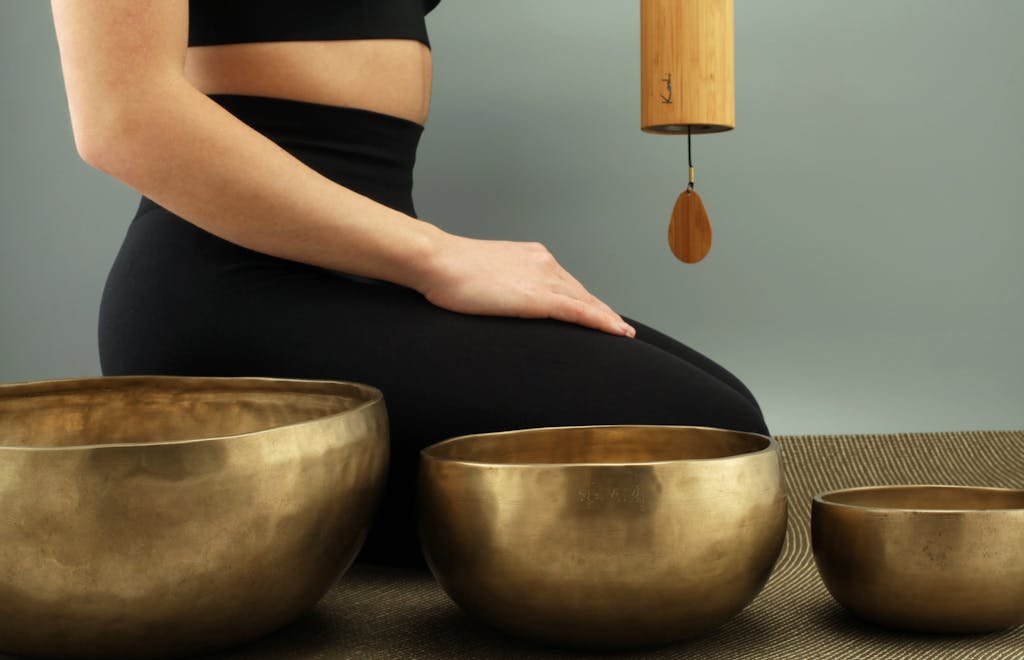
3. Apple Watch Series 9
The Apple Watch Series 9 is a versatile gadget that does way more than just tell time. From texting to fitness tracking, this device covers almost every aspect of your day-to-day life. While sleep tracking might not be its primary function, it’s still a great option if you’re already immersed in the Apple ecosystem. The built-in Sleep app provides essential data like sleep duration, heart rate, and even blood oxygen levels, helping you get a decent overview of your nightly rest. Plus, it’s super convenient to have your sleep data integrated into Apple Health, where you can view it alongside other health metrics like steps, activity, and even mindfulness minutes.
What really makes the Apple Watch stand out is its seamless integration with the rest of your Apple devices. Your sleep insights sync effortlessly across your iPhone, iPad, and even Mac, making it easy to track long-term trends without much hassle. Although the Apple Watch may not dive as deep into sleep stages as more specialized trackers, it’s a reliable choice for those who want an all-in-one device that handles fitness, communication, and sleep tracking with the same level of finesse. Plus, let’s be honest—having all those functions on your wrist makes life a whole lot easier, even if it means charging it daily.
Pros: Multi-functional, integrates well with other Apple products
Cons: Battery life, more of a generalist than a specialist

4. Fitbit Inspire 3
For those on a budget, the Fitbit Inspire 3 is an excellent option that packs a punch without emptying your wallet. It tracks your sleep stages—light, deep, and REM—along with your heart rate throughout the night, giving you a clear picture of how well you’re sleeping. The handy sleep score breaks down your night’s rest into an easy-to-understand number, making it simple to see if you’re on track or need to adjust your sleep habits. While it doesn’t have the flashy features of more expensive models, the Inspire 3 gets the job done with reliable data, a sleek design, and a price tag that’s hard to beat.
Pros: Affordable, easy to use
Cons: Fewer advanced features
5. Garmin Epix Pro
Garmin’s Epix Pro is a top-notch choice for athletes seeking a comprehensive tracking solution that goes beyond just sleep. Designed for durability, this rugged smartwatch not only monitors your sleep patterns but also provides detailed metrics on your daily performance, including heart rate, activity levels, and training load. With its advanced features and robust construction, the Epix Pro is perfect for those who are serious about their fitness and want in-depth data to optimize their workouts. Whether you’re hitting the trails or trying to improve your sleep quality, this device delivers the insights you need to enhance your overall performance.
Pros: Durable, great for athletes, long battery life
Cons: Expensive, bulky
6. Withings Sleep Mat
The Withings Sleep Mat offers a unique approach to sleep tracking, designed for those who prefer a non-intrusive solution. Unlike traditional wearables, this sleek mat is placed under your mattress and effortlessly monitors your sleep cycles, heart rate, and even snoring patterns without requiring you to wear a device. Withings employs advanced technology to provide detailed insights into your sleep quality, including total sleep time, light and deep sleep stages, and interruptions, all accessible via the intuitive Withings Health Mate app. This mat is perfect for anyone who wants to track their sleep without the hassle of a wristband or smartwatch, making it an excellent choice for tech-savvy individuals looking for a seamless way to improve their nightly rest. Plus, its minimalist design ensures that it won’t disrupt your bedroom aesthetics while quietly gathering all the data you need to enhance your sleep hygiene.
Pros: Non-invasive, tracks snoring (great for partners!)
Cons: Limited portability
7. Muse S Headband
The Muse S isn’t just a sleep tracker; it’s a powerful meditation tool designed to enhance your overall wellness. This innovative headband tracks your brainwave activity, providing insights into your sleep stages while helping you cultivate mindfulness. It offers guided sleep meditations that gently lead you into relaxation, making it perfect for anyone who embraces a mindful lifestyle. As you drift off to sleep, the Muse S provides real-time feedback on your meditation sessions, helping you understand how your mind is settling down. If you’re all about incorporating mindfulness into your nightly routine, this headband is a fantastic companion, combining the benefits of sleep tracking with the calming effects of meditation, ensuring you wake up feeling refreshed and centered.
Pros: EEG brainwave tracking, great for meditation
Cons: Not the most comfortable for everyone
Conclusion
When it comes to sleep and sleep trackers, one size definitely doesn’t fit all. Whether you want something that’s barely noticeable (Oura Ring) or a full-on fitness and sleep tracker (Garmin Epix Pro), there’s a sleep tracker out there for you. So go ahead, pick the one that suits your lifestyle, and get ready to start waking up refreshed and ready to take on the day—plants plotting or not.

